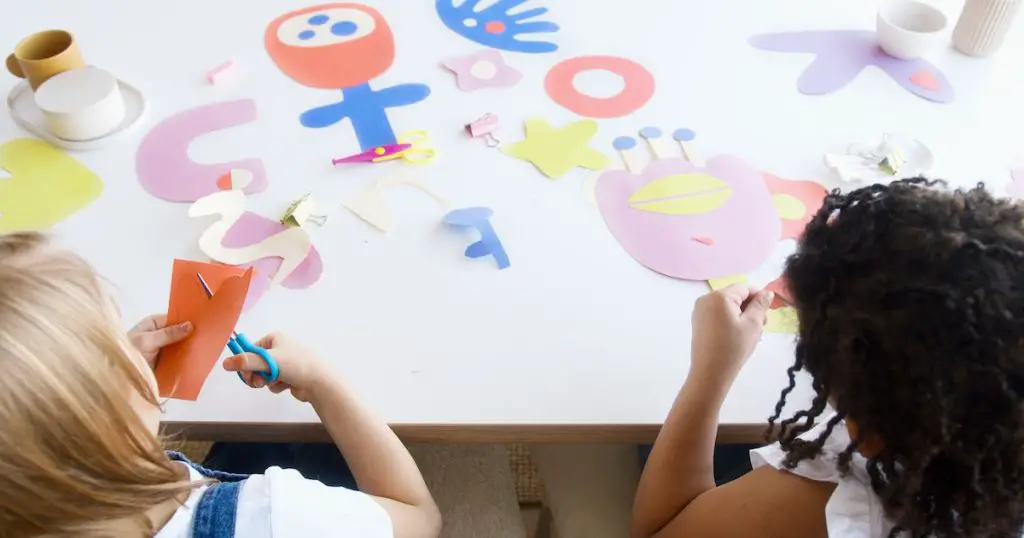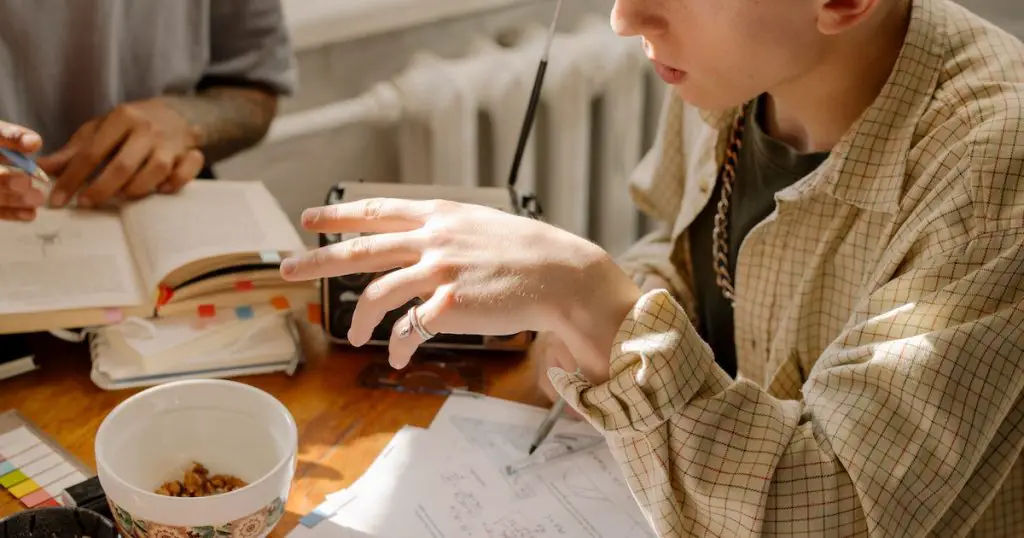Nestled within the heart of Arizona, Prescott’s mining history isn’t just a tale of treasure hunting. It’s a complex mosaic that has shaped the area’s culture, economy, and identity. The vast depths of its mining tales have always fascinated historians and enthusiasts alike.

However, to truly immerse oneself in this past, the educational programs about Prescott’s mining history serve as the ultimate gateway. They not only capture the essence of the era but also make it accessible to every generation.
The Beginnings: Early Mining in Prescott
The beautiful lands of Prescott didn’t always resonate with the sounds of pickaxes and mining drills. Before the metal-rich veins of the area were discovered, the lands were trodden by the indigenous peoples.
Their deep-rooted connection with the region goes beyond any mineral. Living harmoniously with nature, they respected the lands which provided them with food, shelter, and spirituality. Indigenous tales often speak of their connection with the very soil they walked upon.
However, the allure of precious metals soon beckoned outsiders. When the first flecks of gold and silver sparkled in the eyes of settlers, it transformed Prescott’s destiny. These early settlers, driven by a quest for wealth and prosperity, laid the foundation for what would become one of the most significant mining eras in Arizona.
The Mining Boom Era
Prescott’s heart began to beat in rhythm with the clocks and clatters of the mining industry. Mines sprouted across the region, and soon, the whispers of wealth spread like wildfire.
Major mines, such as the Goldwater Mine, became instrumental in putting Prescott on the map. The tangible contributions of these mines weren’t just limited to metals. They also infused the local economy with opportunities and brought forth a surge in population.
Migration became an inevitable consequence. As more people learned about the prospects, they flocked to Prescott, turning it into a bustling mining town. New communities emerged, each bringing its distinct flavor to the mix. The city’s tapestry was rich, with threads from different backgrounds, all united by the hope and promise of the mining era.
Mining Techniques and Technologies
To extract the treasures from beneath Prescott’s surface, a myriad of mining techniques were employed. Over the years, the progression in these methods mirrors the advancements in technology.

In the early days, rudimentary tools like picks and shovels were common. But as time evolved, so did the machinery. Technologies such as hydraulic mining made it feasible to process larger volumes of earth, boosting the efficiency of the manifold.
However, the debate between underground and surface mining was always heated. While underground mining involved tunneling deep into the earth, surface mining or open-pit techniques dug vast pits into the surface. Each method had its pros and cons, but what was undeniable was the human ingenuity in adapting to challenges.
Yet, with great power came great responsibility. Mining, though prosperous, left its mark on the environment. Efforts began to focus on reducing this impact, and conservation measures were soon introduced. Reclamation projects, like those endorsed by The National Mining Association, emphasized restoring mined lands, ensuring that Prescott’s natural beauty remained undiminished.
Social and Cultural Impacts of Mining
Mining in Prescott wasn’t merely an economic activity. It weaved itself into the very fabric of society, influencing everything from daily life to cultural festivities.
As mines grew, so did communities around them. Miners and their families formed tight-knit groups, sharing joys, sorrows, and dreams. This sense of community was essential in facing the challenges of the mining lifestyle.
While men often dominated the mines, women played a crucial role in this era. They were the pillars of families, managing households and even partaking in auxiliary roles related to mining. Their stories, though sometimes overshadowed, were integral to Prescott’s history.
Furthermore, mining gave birth to unique cultural traditions. Annual events, local folklore, and even songs were deeply rooted in the mining legacy. Celebrations like the Prescott Mining Days became emblematic of the city’s heritage, uniting generations in shared pride and nostalgia.
Decline and Transition to a Post-mining Era
Every boom has its sunset, and for Prescott’s mining, the dusk began in the 20th century. Economic shifts, depleting resources, and global market dynamics made mining less viable.
However, the indomitable spirit of Prescott’s people shone brightly. As mines began to close, the focus shifted towards other industries. Tourism, education, and technology started to dominate the economic landscape, leading the transition from a mining-centric town to a modern urban hub.
Preserving the past became crucial. Heritage sites, once bustling with miners, were now places of remembrance. Organizations like Historic Prescott worked relentlessly to ensure that the echoes of the mining era remained loud and clear for future generations.

Educational Programs Highlighting Prescott’s Mining History
The torchbearers of Prescott’s mining legacy are its educational initiatives. These programs serve as bridges between the past and present, ensuring that the tales of yesteryears aren’t lost in the annals of history.
Museums, like the Sharlot Hall Museum, offer detailed exhibits showcasing artifacts, photographs, and documents from the mining era. Their curation tells a compelling story, drawing visitors into a world of adventure, hardships, and triumphs.
Additionally, schools in Prescott have been proactive in incorporating local history into their curriculum. Field trips to old mines, guest lectures from historians, and community-driven projects immerse students in their rich heritage.
For those who wish to delve deeper, interactive tours offer a firsthand experience. Walking the paths once tread by miners, feeling the chill of underground tunnels, and listening to stories narrated by descendants of miners make history come alive in the most vibrant manner.
The Importance of Teaching Mining History
There’s a profound reason behind the emphasis on educating about Prescott’s mining past. The lessons extracted from these tales are as valuable as the metals once mined.
In today’s age, where environmentalism is a focal point, mining history serves as a case study. By understanding the impact of past actions, contemporary society can chart a sustainable future. This intersection of history and modern challenges offers insights that are pivotal for the next generation.
Moreover, ethics in resource extraction have always been debated. By looking back, one realizes the complexities involved and the responsibility that comes with wielding the power to tap into nature’s reserves.

Lastly, history has a unique way of instilling pride. For the residents of Prescott, knowing their roots, and understanding the struggles and achievements of their ancestors gives them a distinct identity. It’s an identity shaped by grit, determination, and an unwavering spirit.
Frequently Asked Questions: Educational Programs about Prescott’s Mining History
In this section, we will be delving into some of the most common inquiries and curiosities that surround our topic.
What are some of the remaining landmarks from the mining era in Prescott?
Several landmarks bear testament to Prescott’s rich mining past. The Whiskey Row, once home to saloons frequented by miners, and the iconic Headframe structures, remnants of once-prosperous mines, serve as reminders of a bygone era. Additionally, the Sharlot Hall Museum houses an extensive collection of mining artifacts, ensuring the legacy remains intact for future generations.
How can one get involved in promoting or participating in mining history educational programs?
Participation is often as simple as attending lectures, tours, or exhibits focused on Prescott’s mining past. Organizations like Historic Prescott and local schools often welcome volunteers or enthusiasts who wish to contribute to their efforts. For those looking to make a larger impact, sponsoring events or collaborating on community-driven projects can be a great way to get involved.
Conclusion
Prescott’s mining history is more than just a chapter in a textbook. It’s a living, breathing narrative that has shaped the identity of the region and its inhabitants. The ripples of the mining era touch every aspect of life in Prescott, from its economy and culture to its architecture and traditions.
Through educational programs about Prescott’s mining history, we are not just preserving memories but ensuring that the lessons, experiences, and stories of the past continue to inspire, educate, and resonate with generations to come.
As we delve deeper into this rich tapestry, we come to appreciate the resilience, innovation, and spirit of the Prescott community. In understanding our past, we can better navigate our present and shape a brighter, more informed future.



Leave a Comment
You must be logged in to post a comment.